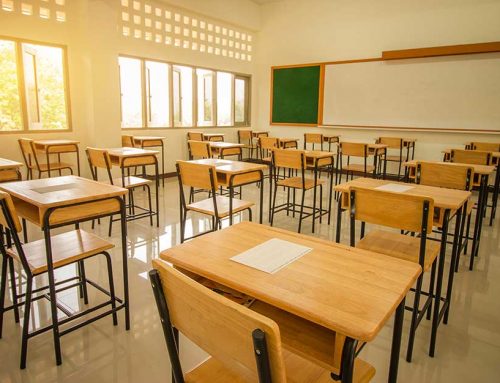The introduction of student agency is not a new change in the Primary Years Programme. It is a move towards emphasising the importance of providing more autonomy to students, thus giving them an opportunity to develop leadership capabilities to act and bring about a change around them. In agency, students have voice, choice and ownership.
Agency is present when students partner with teachers and members of the learning community to take charge of what, where, why, with whom and when they learn. This provides opportunities to demonstrate and reflect upon knowledge, approaches to learning and the attributes of the Learner Profile. When students’ have agency, the relationship between teachers and students become a partnership, therefore, it creates a respectful classroom environment. Throughout PYP, a student is an agent for their own and others’ learning.
In my class, I tried to execute the concept of agency by giving my students an opportunity to design their classroom space, to frame the essential agreements for the class and tasks and to give an opportunity to share the tasks they choose to do. For example, play with manipulative/ draw/read, etc.
Another aspect I explored with my students was by asking them – how best they learn and how best they show their learning? For doing this, they were given an opportunity to voice out their opinion and share their views. This strategy has helped me design learning engagement in a variety of ways which, in turn, helps my students to learn the way they like as well as cater to their learning needs. It gives students an opportunity to reflect upon their learning and the ways they learn the best.
My students also designed the descriptors for the attributes of the IB Learner Profile, instead of using the definitions given by the IB. They divided themselves into groups of 4 and worked on two attributes of the IB Learner Profile. They shared their ideas about the attributes they selected using drawing, graphic organisers, sentences and presented the same to their peers. My students had an opportunity to express their perspectives about each attribute; they considered the viewpoints shared by other groups and suggested changes accordingly.
Reflecting on the attributes of the IB Learner Profile and making connections to it is what they keep doing during the learning engagement that takes place in the classroom and outside the classroom scenarios.
By implementing agency in our classroom, we are aiming for creating a respectful environment where the learning community is given a voice, choice and ownership.






Leave A Comment